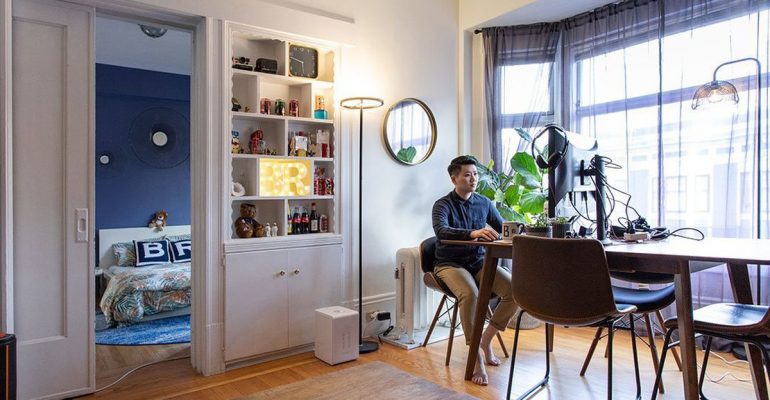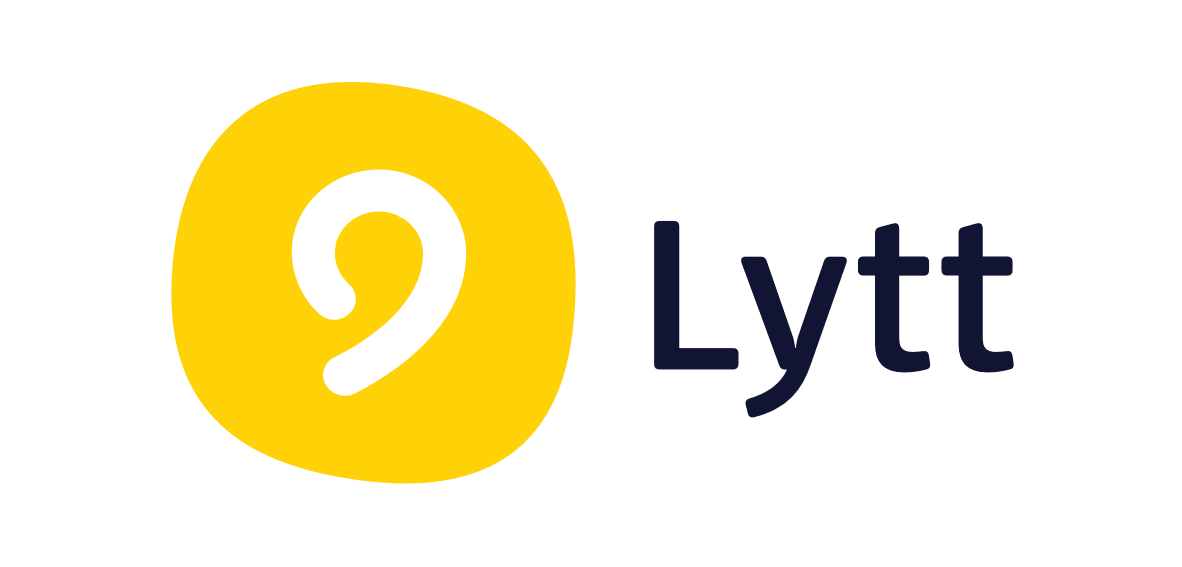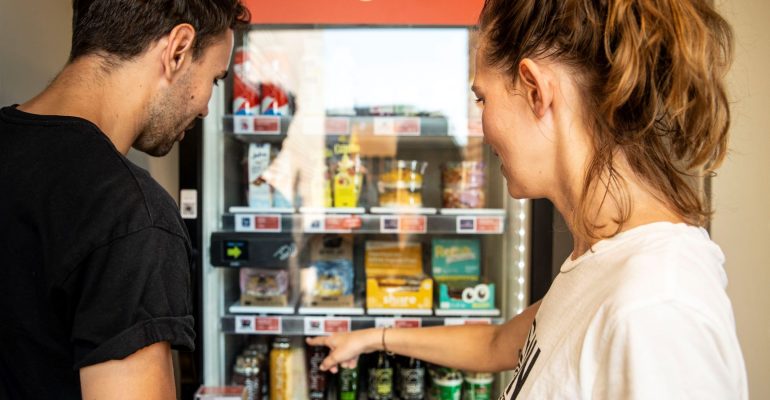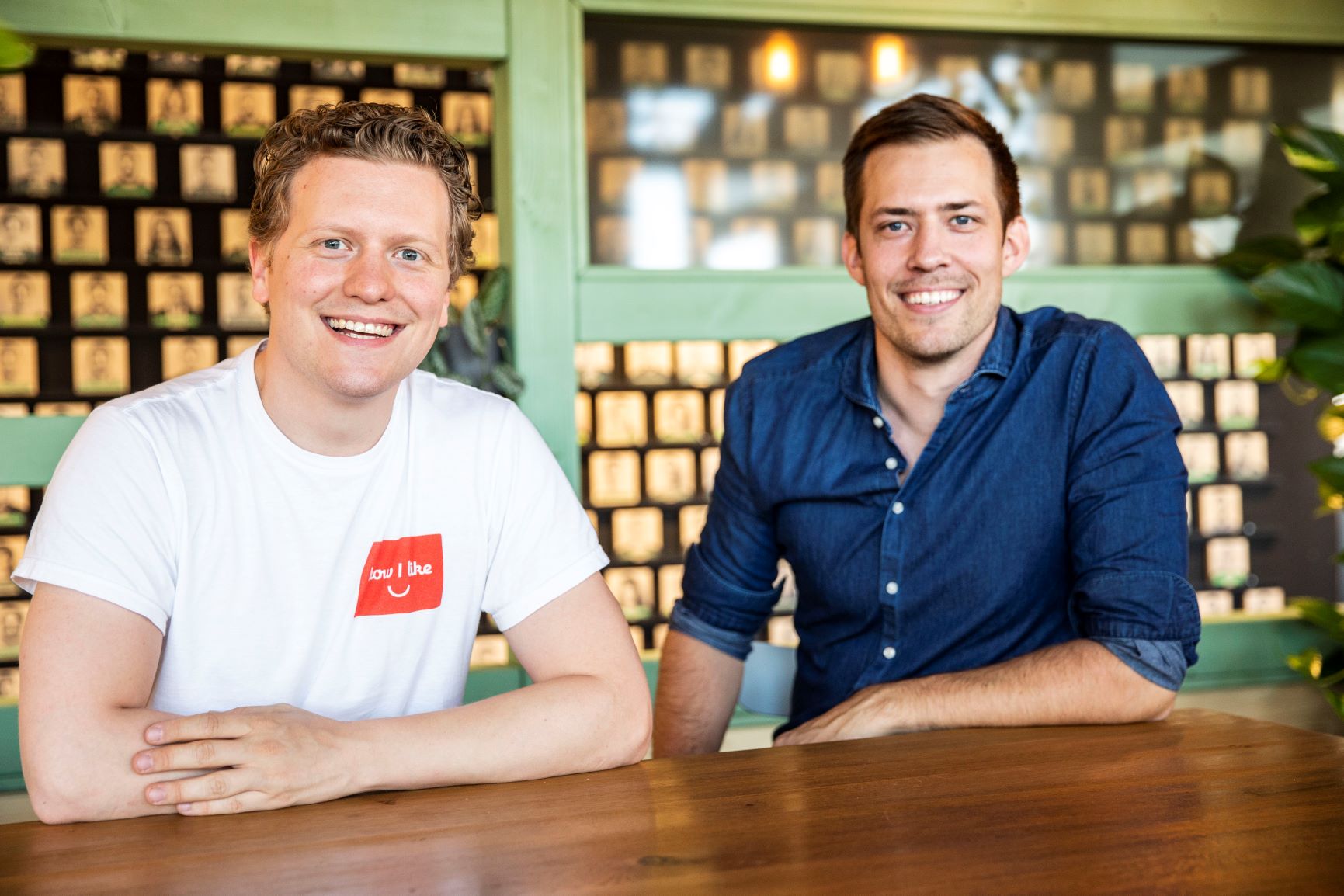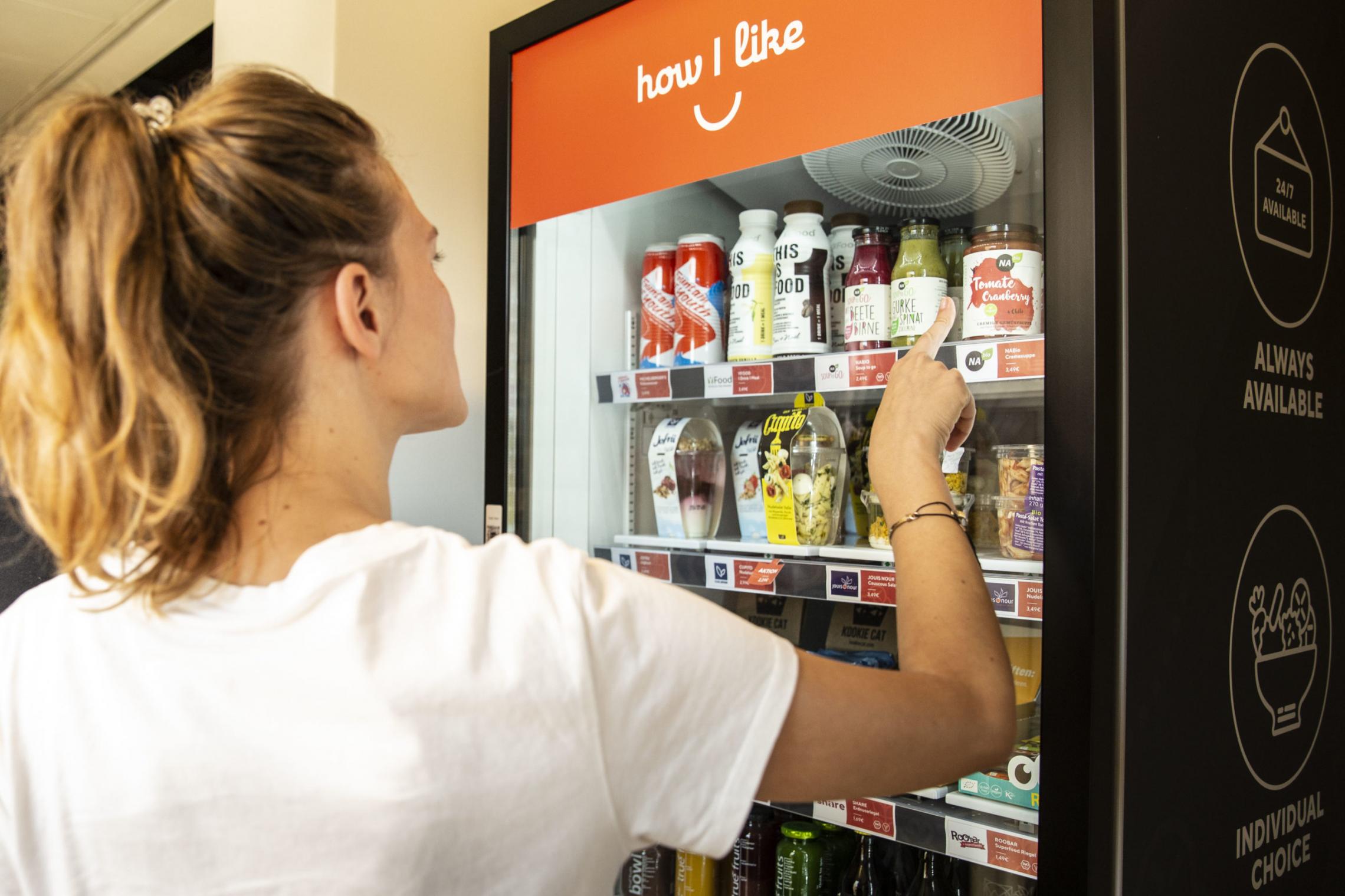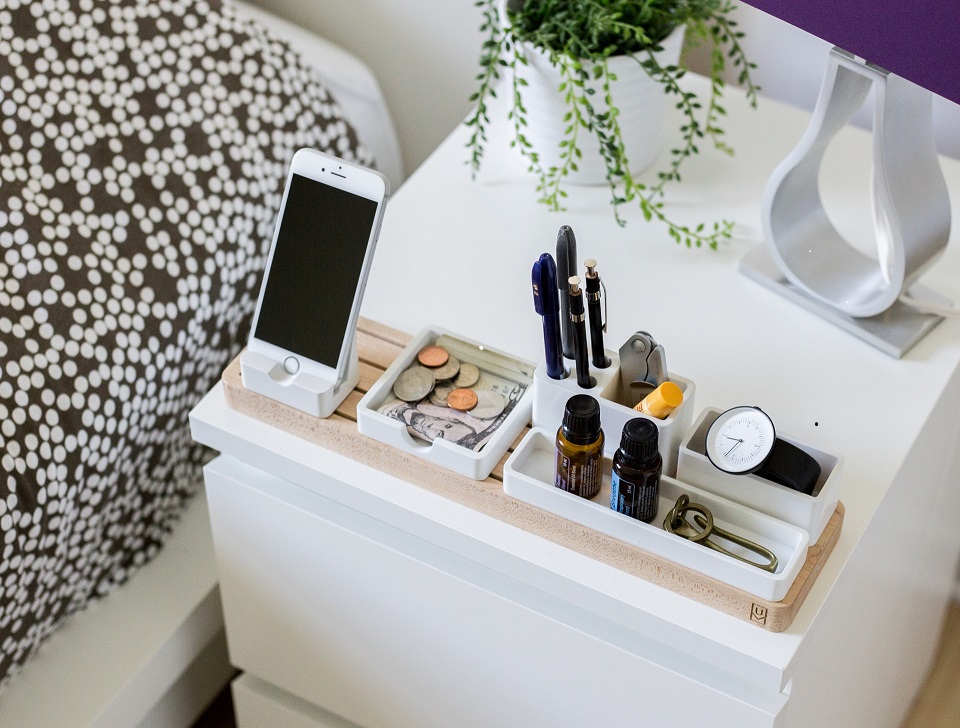Did you know that beeswax cloth is the new cling film? How often do you actually use aluminum or cling film or plastic breakfast bags in the household? Every day? You are not alone in this. Did you know that this is also environmentally friendly and can be implemented without any effort? The German start-up company Little Bee Fresh has set itself the goal of making the world a little bit better. After the mother-daughter team watched a report from beautiful Lake Constance in which it was reported that even the lake on their doorstep was contaminated by microplastics, they decided to avoid plastic in the future. Said and done. The beekeeping duo Rosemarie and Angelika Jürgens quickly founded a start-up and are now producing beeswax cloths.
The household use of beeswax goes back to an ancient tradition before the invention of cling film. The towels can be used in the same way and they also look pretty. Beeswax cloth can cover or wrap everything except raw meat or fish and wash it off with lukewarm water and washing-up liquid after use. As part of our interview series, we spoke to the two dynamic founders.

Viking: How did the idea of founding Little Bee Fresh come about?
Angelika & Rosemarie: We owe that to a coincidence: Angelika found Aunt Ida’s diary, the former resident, while renovating an old house in the attic. In addition to many recipes, she described, among other things, how she kept her food fresh in homemade beeswax cloth. A very exciting idea for us as beekeepers. When we came into contact with beeswax cloths a little later on vacation, we remembered it and tried it out ourselves. We made the scarves only for ourselves at first, then we gave them away to our friends. It was so well received that we decided to found little bee fresh. We are practically continuing a family tradition.
Viking: What obstacles did you have to overcome?
Angelika & Rosemarie: Our beeswax cloths consist of 100% certified organic raw materials: cotton, beeswax, tree resin and jojoba oil. Finding the right suppliers who meet our requirements AND can provide the required quantities was a great challenge. The right mix of ingredients was trickier: for example, the cloths shouldn’t be too soft, but at the same time flexible enough to adapt to different shapes. We worked on the right recipe for almost a whole year.
Since business got off to a very good start, we then had to make an effort to build up a stock in order to cope with the large crowd
Viking: What has been the biggest success of your career so far?
Angelika & Rosemarie: We are pleased about many partial successes: For example, that we were able to raise the start-up financing entirely with our own resources from our beekeeping and that we were in the black after a short time. The fact that we have been able to professionalize our work processes is also a success: by introducing a merchandise management system, we were able to create free capacities for production. Perhaps it is our greatest success that after such a short time we have become the leading German manufacturers of Beeswax cloths and are the only ones who offer vegan oilcloths.
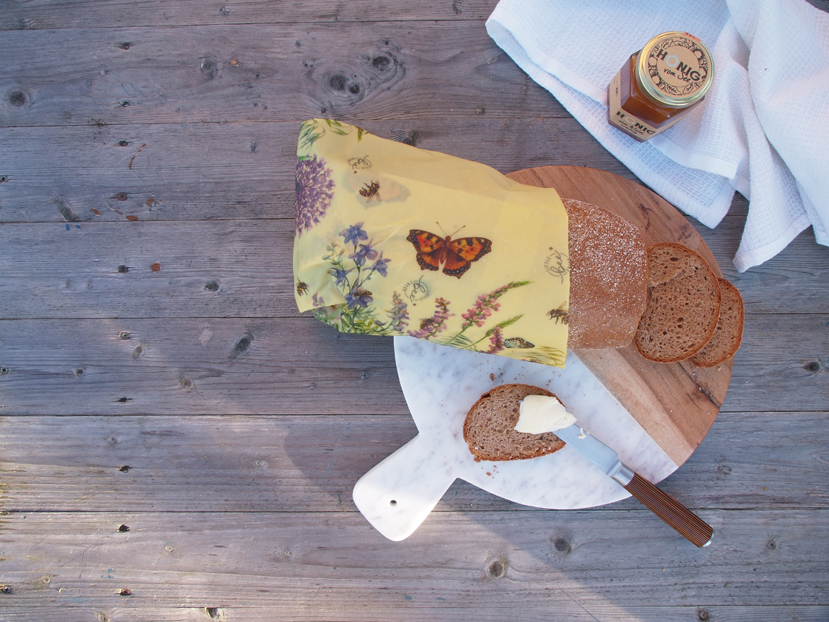
Viking: What is your favorite office item that you can no longer do without?
Angelika & Rosemarie: That is clearly “Dümmi”, our label printer from DYMO, which spits out all shipping labels for nightly orders with your first coffee in the morning. Since we have it, all postcodes and packing station numbers are just right!
Viking: Who is your business role model and why?
Angelika & Rosemarie: On the one hand, the entire unpackaged movement with its many different founders, who enthusiastically plunged into the food retail sector and initiated a new wave of environmental awareness. As individuals Joana Heinen, Creative Director of the 100TAUSENDLUX Group. As a high school dropout from photographer to managing director of two office supplies and lifestyle brands with around 80 permanent employees. And that at the age of 28. Impressive.
Viking: How do you switch off after a day at work?
Angelika & Rosemarie: At the moment we just fall into bed in the evening – the day has too few hours to complete all tasks. However, when we stop by our bees during the day and let our gaze wander over Lake Constance, it slows down every time.
Viking: What advice would you give someone who wants to start their own business with an idea?
Angelika & Rosemarie: Find a solution to an existing problem of your fellow human beings and develop a product from it. Always have sustainability in mind in order to protect the environment and resources and not cause even more consumer waste. The latter will become more and more important. Test with as little money as possible whether there is a demand for the product. The rest of the work is done and you grow with your tasks. It is also helpful to read books on the subject, such as “Head Beats Capital” by Günter Faltin or “The 4-Hour Week” by Timothy Ferriss. They make it easier to think outside the box and save you from exchanging time for money. Otherwise, you really work “yourself and constantly” and it becomes more and more difficult to decide independently about your own time.
Viking: What future plans are there for little bee fresh?
Angelika & Rosemarie: We are currently fully occupied with meeting the gratifyingly high demand for our beeswax cloths. Our dream is to leave our main jobs behind at some point and be able to live off little bee fresh. We are also constantly working on new product ideas. For example, a do-it-yourself kit for beeswax cloths is being planned.




